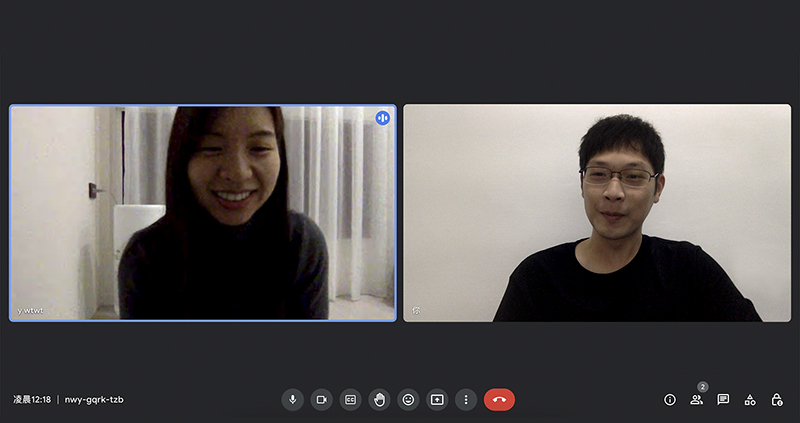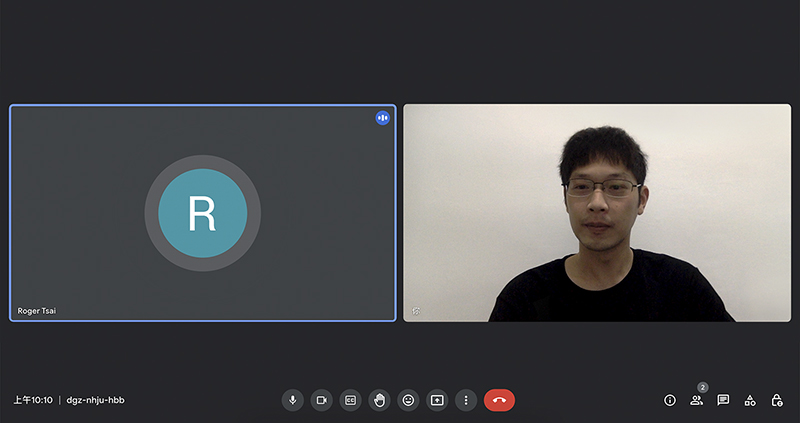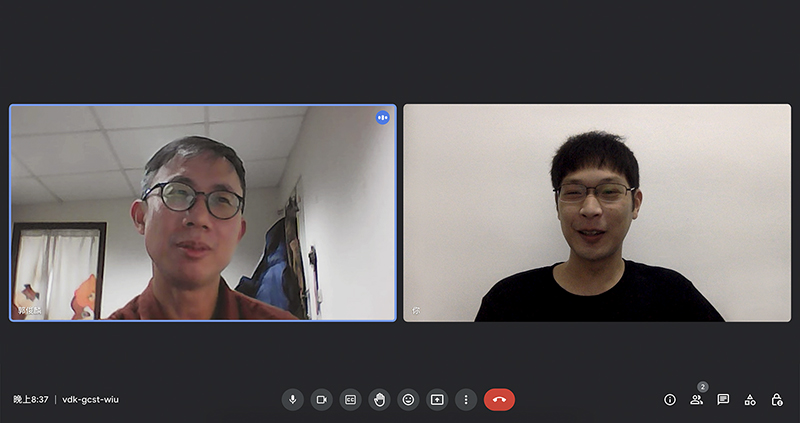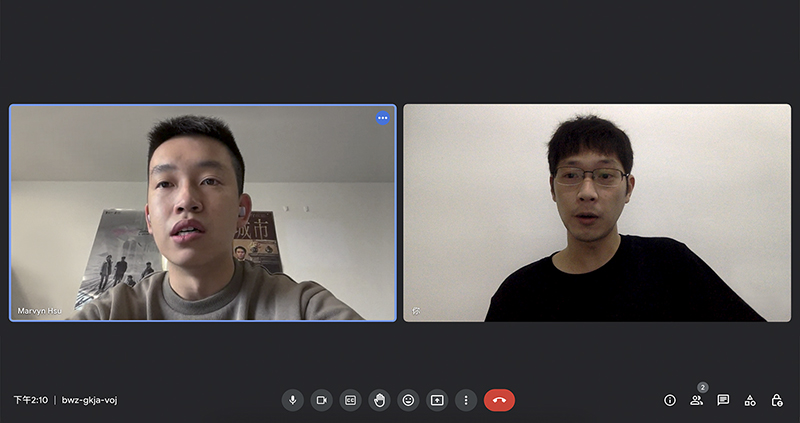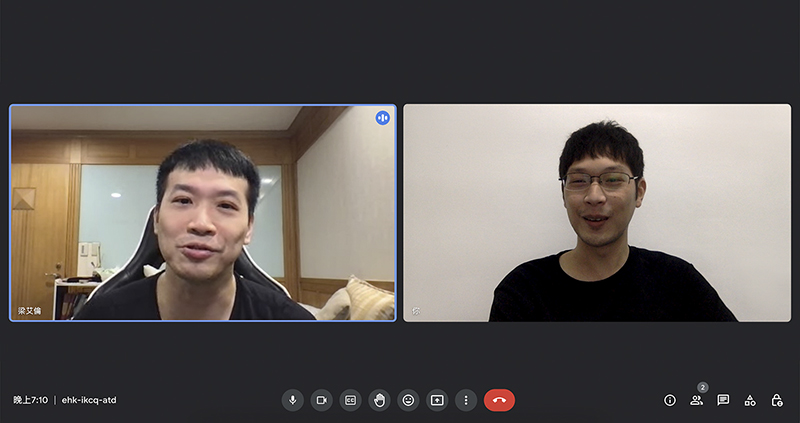Overview
Experienced swing dancers often DJ at swing events due to their understanding of what kind of music is suitable for dancing. While Spotify is the main platform used by dancers, the current version of the app presents some inconveniences when it comes to searching for music, arranging playlists, and playing music at events. Through user research, I have identified several features that could improve the user experience. These features could also be applied to other dance markets, such as Blues and Balboa.
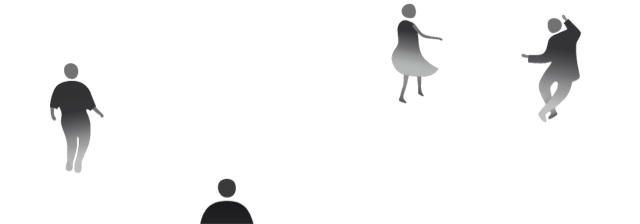
Why Spotify ?
Spotify offers a vast selection of jazz music that is suitable for swing dancing. Senior dancers may also use platforms such as Bandcamp to search for music that is not available on Spotify, and then import it into Spotify to create their own unique playlists.




Problem
How to design a better experience for swing DJ to prepare a playlist for an event

By interviewing five seasoned dancers who have experience in teaching, performing, and competing, to understand how they plan the playlist for an event.
Problem Analysis

Insights
To enrich the dancing experience and consider the energy of the dancers, a DJ may choose music at various speeds. However, it can be time-consuming using another app to count the BPM when searching for music and then note down the BPM of each track and arrange them in a playlist. Furthermore, during the arranging process, frequent adjustments may be necessary, making it challenging to grasp the overall speed arrangement of the entire dance at a glance.
Since the DJ selects the next song based on the situation on site, it would be helpful to mark which tracks in the playlist have already been played to make it easier to choose the next song from the remaining tracks.
Wireframe
Starting from the playlist design, consider how to achieve priority 1 and 2 insights.
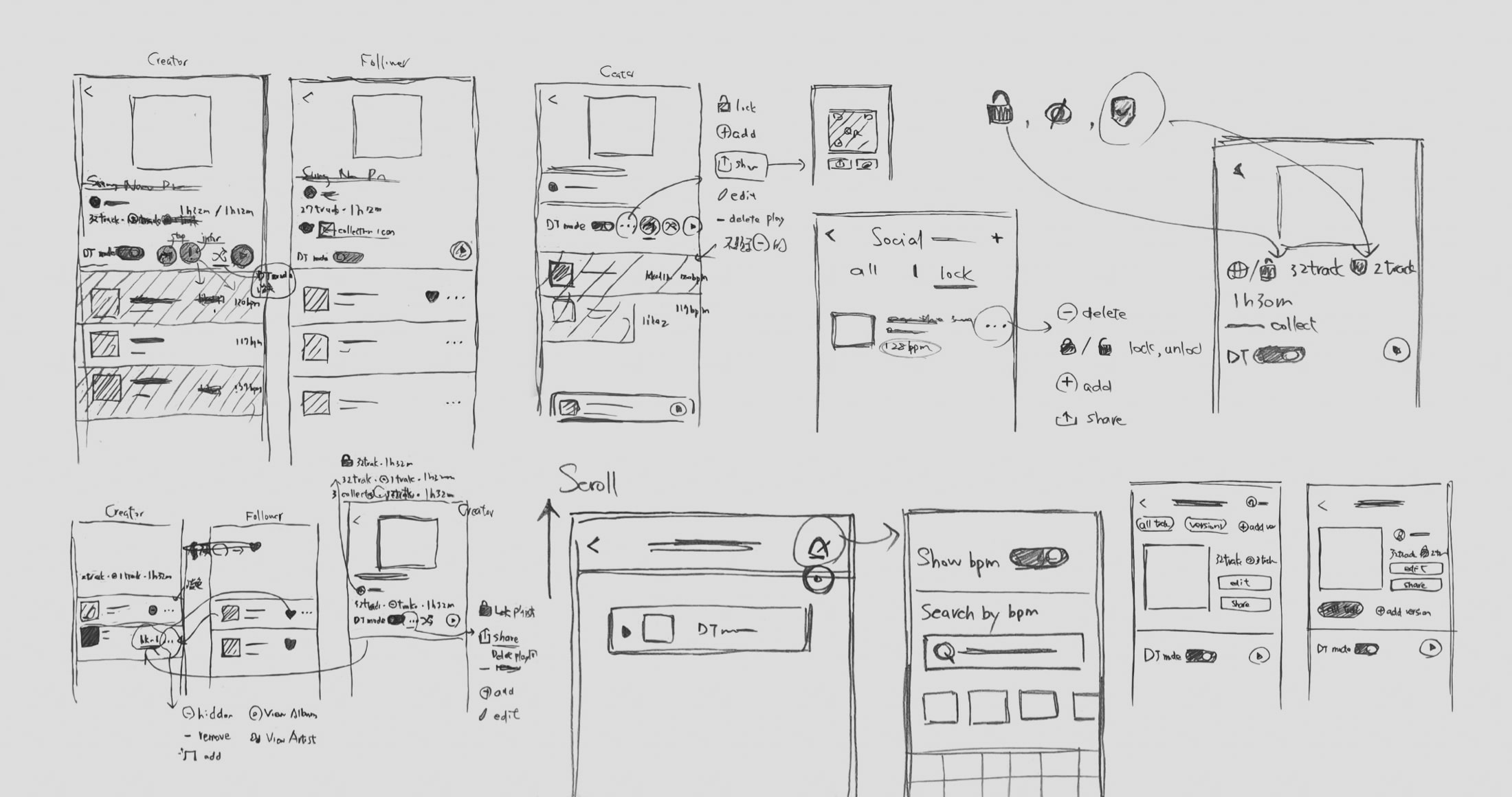
Prototype
Divide the new and improved features into seven user flows for testing.
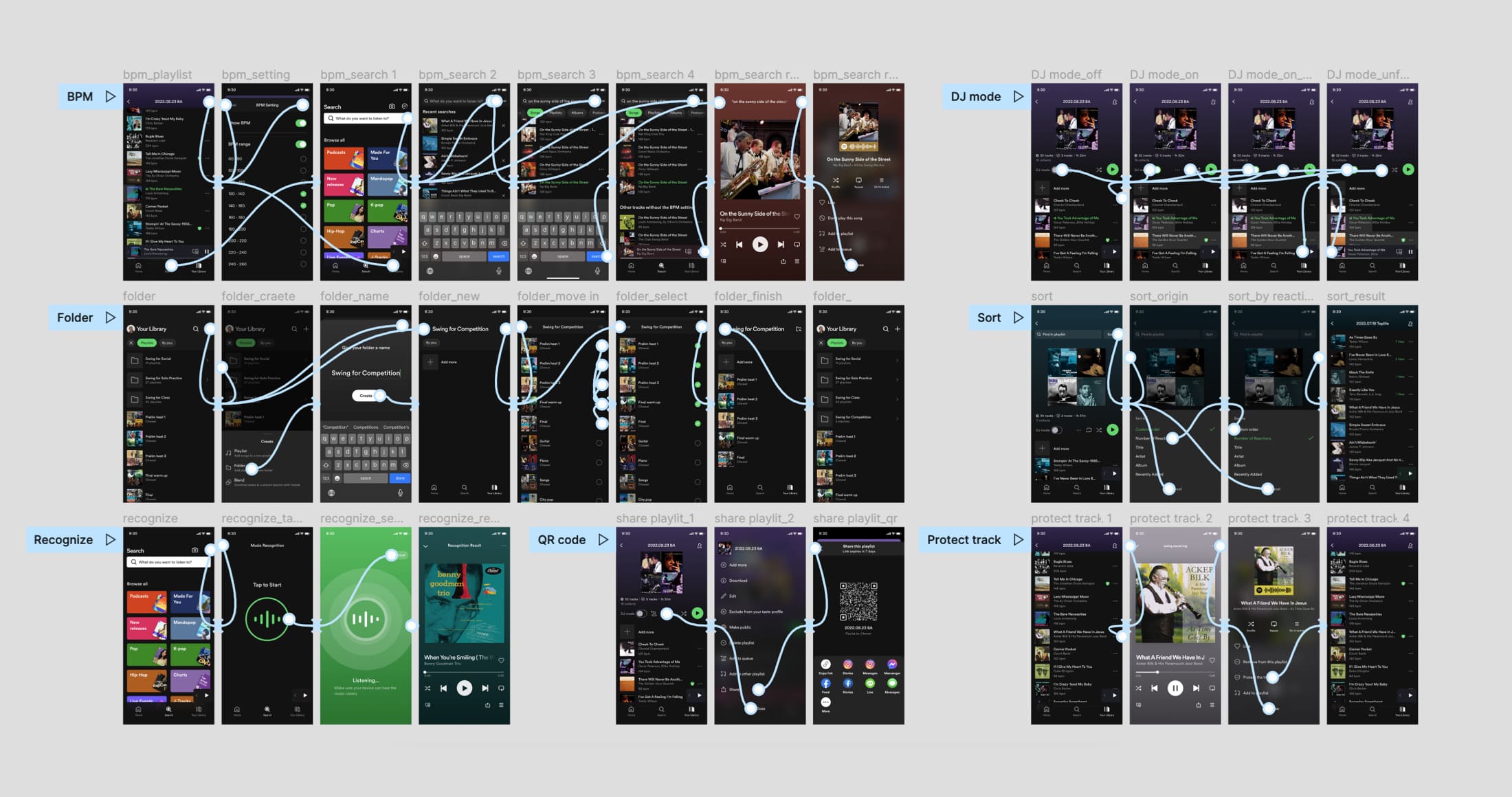
Main New Features
- Show BPM of tracks and could filter tracks by BPM setting
- Automatically pause when the song is over
- Protect the tracks without sharing
- Show which tracks have been played, and enable the feature of automatically pause
Show BPM /
Filter tracks by BPM
With the BPM design, it makes it easier to search for music with the appropriate tempo, and also more convenient to arrange playlist and make real-time adjustments during the live event.




DJ mode
Activating DJ mode allows you to see which songs have already been played and enables the feature to automatically pause the track when it ends. This makes it easier for the DJ to control the break time between tracks.

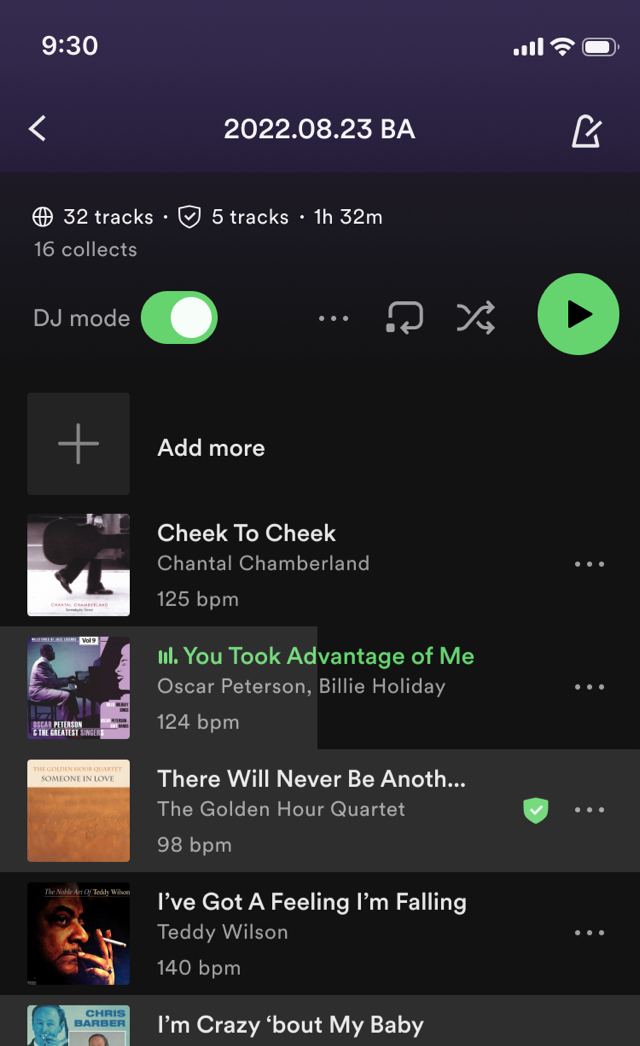
“ Although I observe which songs have fewer or more people dancing at events, if I could also see the distribution of likes for each track on the playlist, it would provide more reference for how to prepare the next playlist. ”
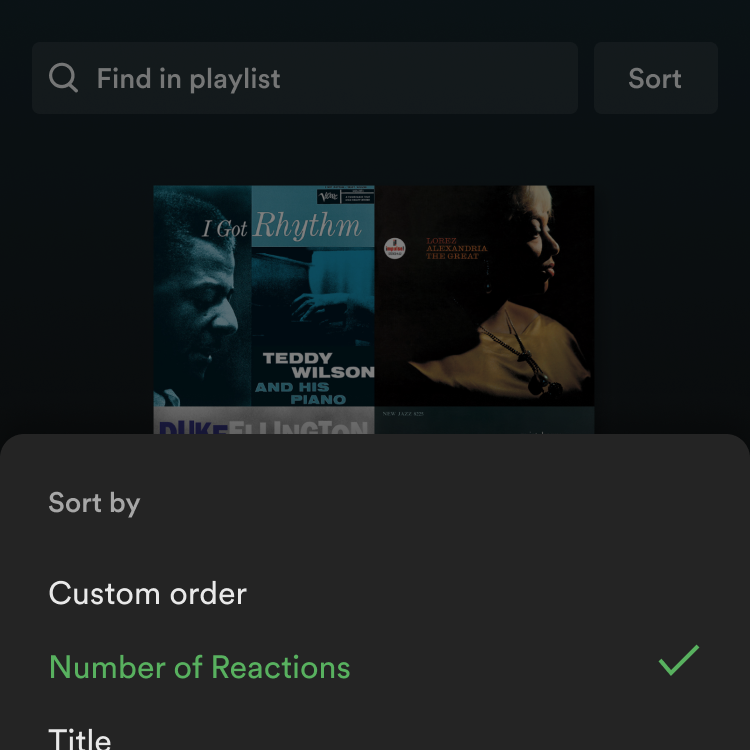
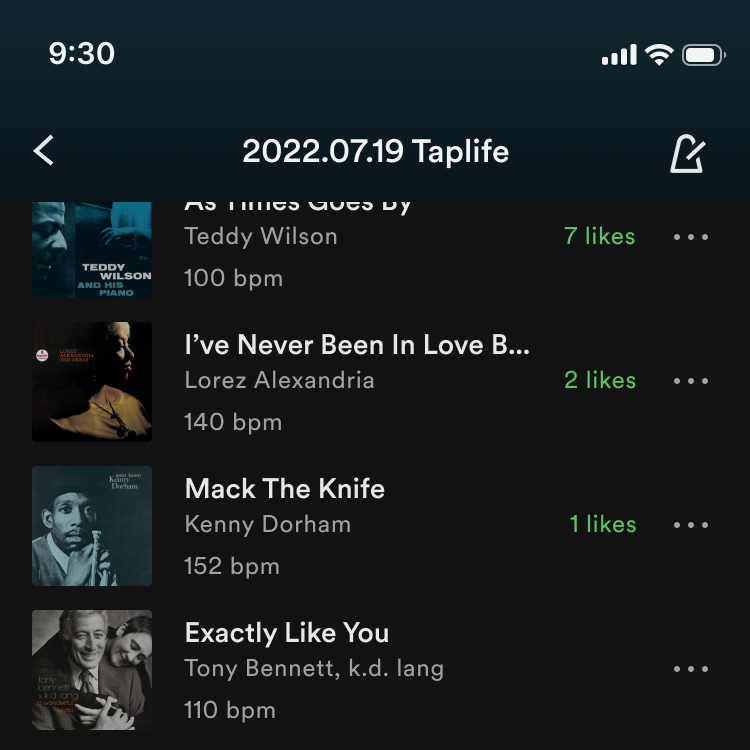
Other Two Features
- Use folder to manage playlists in mobile app
- Built-in music recognition function
Create and manage
folder in mobile app
Spotify's folder function is only available on the desktop version and is not well-known, with only one interviewee aware of it. Dancers create playlists not only for events but also for solo practice, class teaching, performances, etc., and accumulate many over time, so the folder function should be highlighted for better organization.




Built-in music
recognition function
Most dancers use Shazam or SoundHound to recognize tracks they have heard and then add them to their Spotify playlists. It would provide a more seamless experience if Spotify incorporated a recognition function within its platform.




Closing Thoughts
This was my attempt towards imagining how Spotify could be used by swing dancers. Since they are already familiar with the platform, it may be more effective to improve the user experience based on their existing behaviors and habits rather than creating entirely new apps and platforms.
